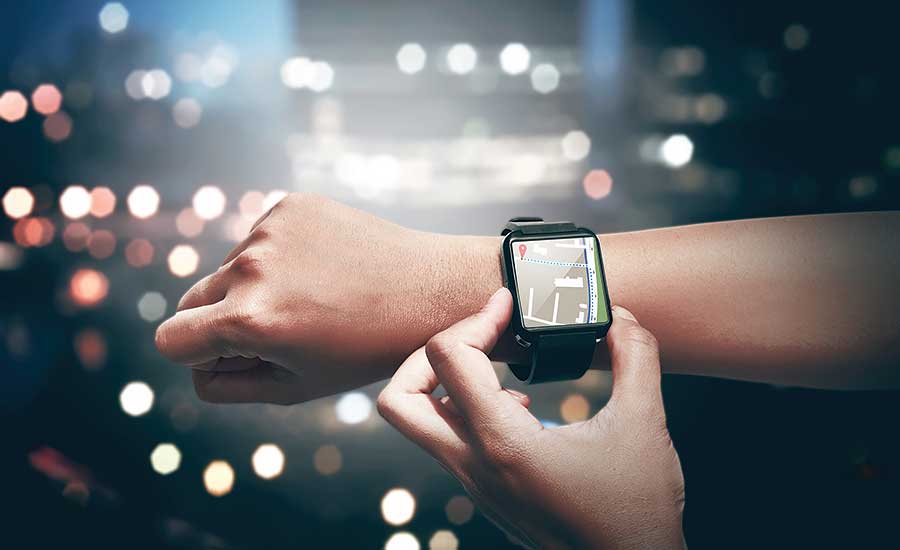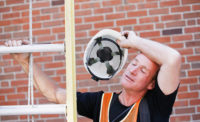In February, 2017 Mark Schall and his co-investigators Lora Cavuoto (SUNY Buffalo) and Rich Sesek (Auburn University) received approval to move ahead with a study on the use of wearable devices to measure physical risk hazards. Their study will ask questions regarding company spend on wearables, risk factors to capture using wearables (physical fatigue, repetition, mental fatigue, vibration, awkward positions and forceful exertions), and use of a dashboard to display physical risk factors.
ISHN interviewed Mark by email to learn more about this study and the future of wearable devices for safety applications.
Why does the study focus on physical risk hazards?
Exposure to physical risk factors such as forceful exertions, awkward postures, and repetition are common to many workplaces. Our research team (which includes Industrial Engineering faculty at Auburn University and the University at Buffalo, SUNY) is particularly interested in asking about these risk factors because they are so common and because of their association with adverse musculoskeletal conditions such as low back pain.
How can wearable devices detect mental fatigue, awkward positions and force exertions? Certainly much research and development is being done in the entire wearable field. It’s easier to understand how wearables could monitor physical fatigue and vibration as opposed to mental fatigue and awkward positions.
Many of the methods used to measure awkward postures, forceful exertions, and mental fatigue are the same as those that have been used by researchers and, in rarer cases, OSH professionals for many years. Electrodes similar to those used in a doctor’s office for measuring the electrical activity of the brain or heart, for example, may be used to measure the effort exerted by working muscles and to identify fatigue. Accelerometers are common sensors in many devices such as cell phones that may be used to assess awkward postures. The difference is the technology can now be packaged into smaller, cheaper, and less obtrusive forms with better processing and logging abilities.
Who is the target audience for the study? ISHN magazine is read by occupational safety and health managers across industries from construction to manufacturing to healthcare to energy/utilities.
The target audience was/is researchers and OSH practitioners in all industries. Ultimately, we are interested in gathering information on the types of wearable sensors currently used by OSH professionals and their perceptions of these devices to better understand potential barriers to using wearables in the workplace.
Safety-related wearable devices hold the potential for “disruption” of our readers’ jobs. In a 2015 article we wrote, worker advocates were concerned that workers wearing wearables would take on the responsibility for monitoring their own safety, rather than the safety department. Another concern: safety managers will be inundated with data from wearables and unable to keep up. How do you see this playing out?
It is still too early to tell how the wearable technologies in the workplace debate will play out. Concerns regarding worker safety, privacy, cost, and information overload are all challenges that organizations and workers face. In my mind, however, many wearable technologies have shown that they can be beneficial tools for improving our personal health. It seems that they also have great potential for simultaneously helping safety professionals quantify and understand the potential risks associated with work tasks. This can lead to better, more informed decisions that can positively impact any organization. It is important to note, though, that safety professionals will remain critical to maintaining and improving worker safety and health. Wearables only serve to complement the safety professional, not replace them.
Finally, how many years will it be until wearable technology, be it for physical risk factors, toxic exposures, lone worker safety, and other applications, truly becomes a fixture in workplaces?
This is a tough question. I’d rather not put an estimate on when wearables truly are a fixture in the workplace. But, I think workers in many organizations are already benefitting from using wearable technologies to monitor their personal activity and health at work. It seems to me that as wearables become smaller, cheaper, and safer for use in the work environment, organizations and workers will both become more open to using them and enjoy their benefits.






